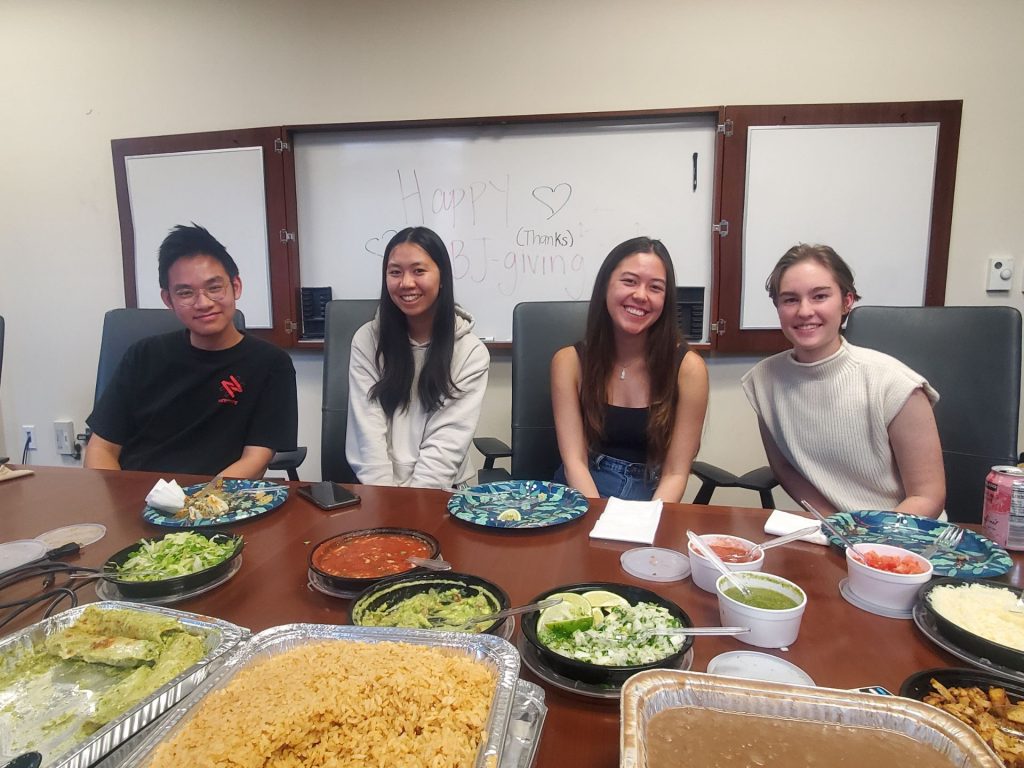Jean Paul Chadarevian is awarded the Carl W. Cotman Young Scholar Award
Congratulations Jean Paul on receiving the 2024 Carl W. Cotman Young Scholar Award at this years REMIND Emerging Scientists Symposium.

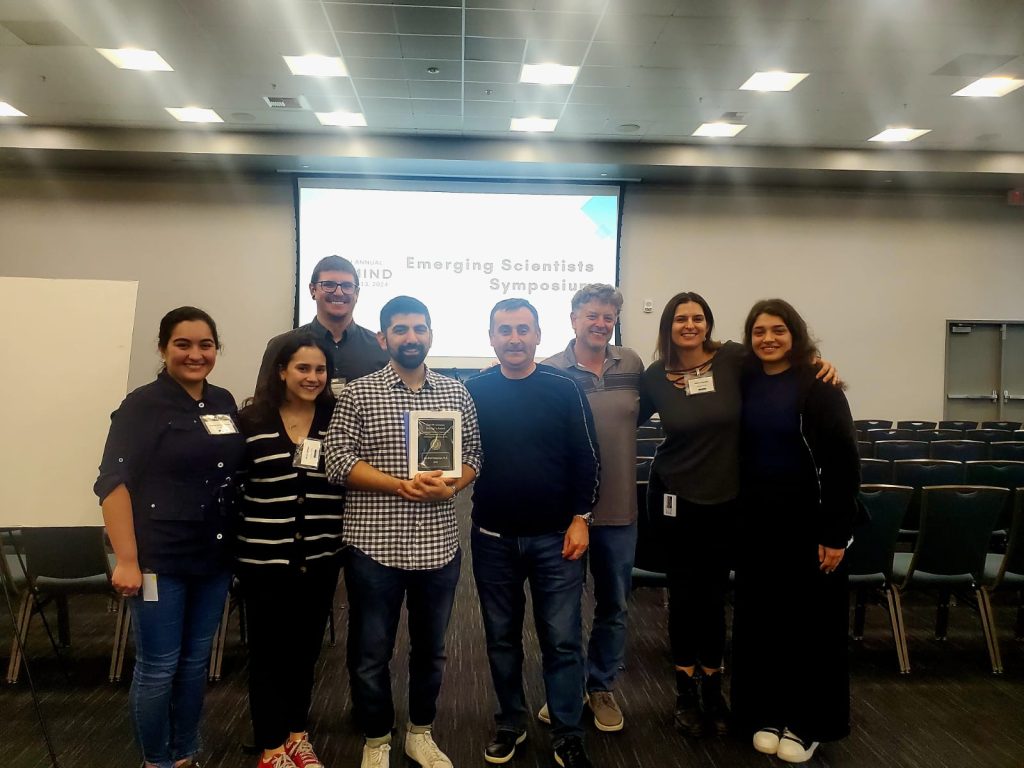


Blurton-Jones Lab at ADPD2024
The Blurton-Jones Lab attends ADPD 2024 in Lisbon, Portugal with three talks and two presentations. Congratulations to our speakers and graduate student, Alina Lahian, on her poster presentation!
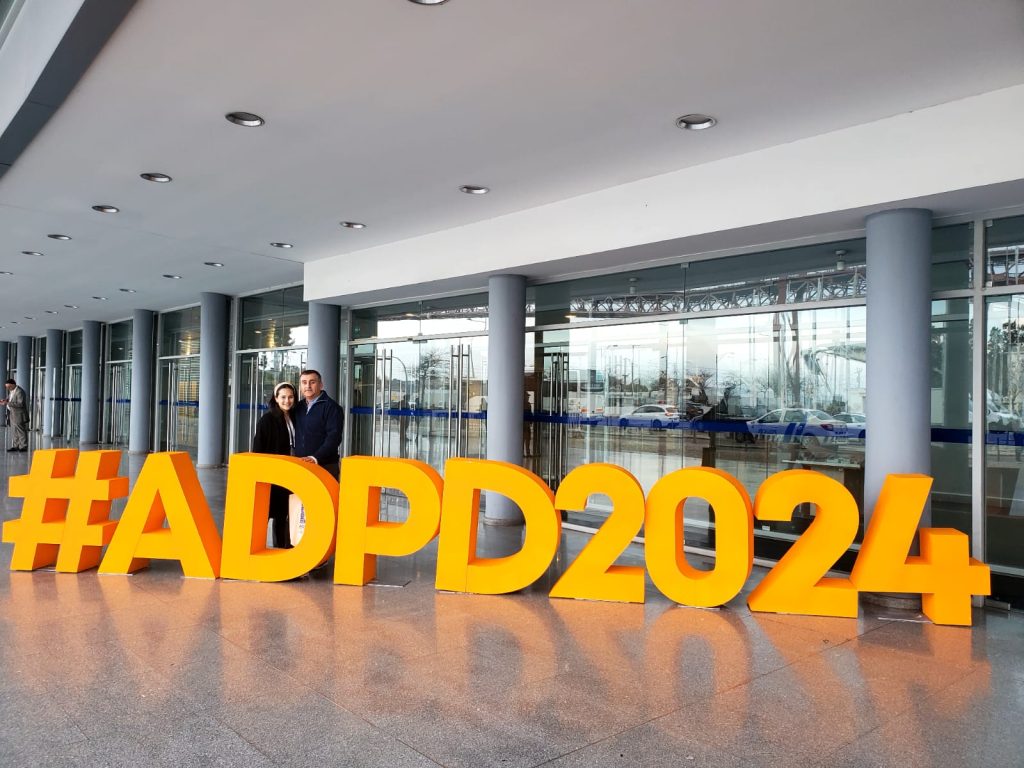
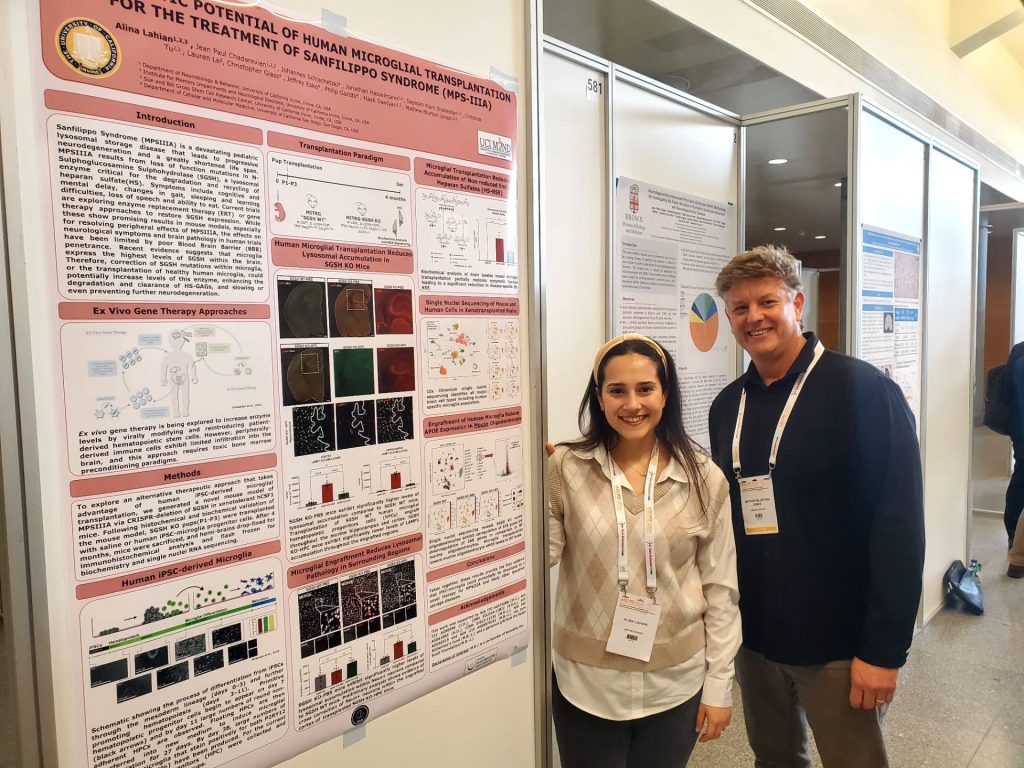
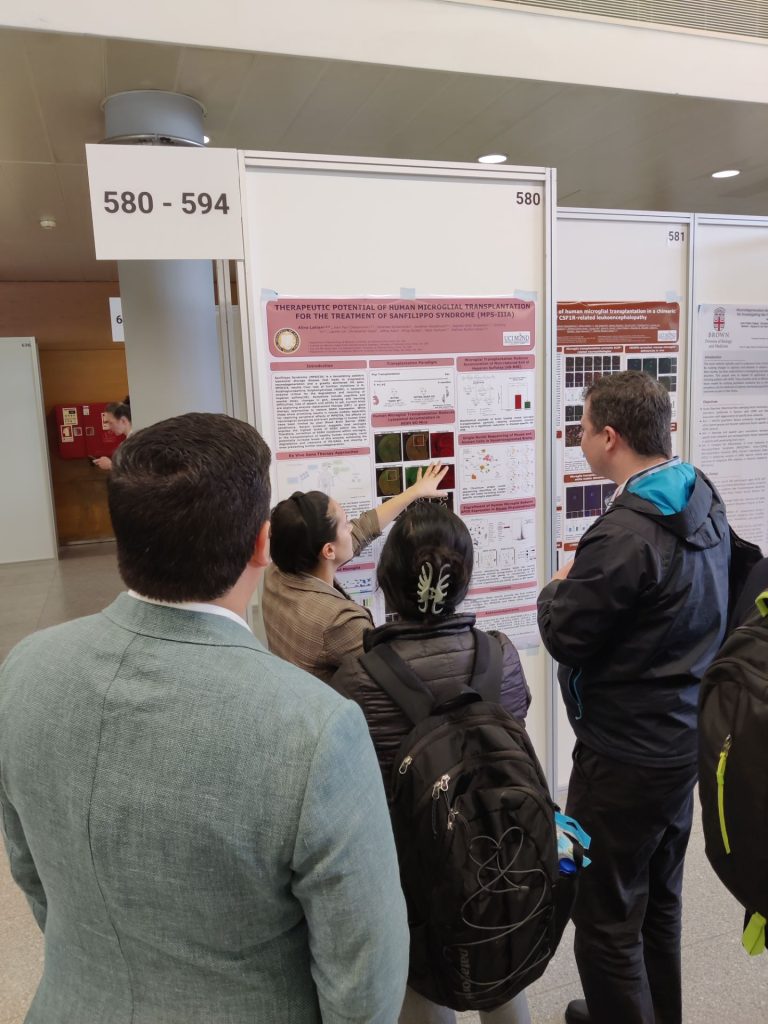
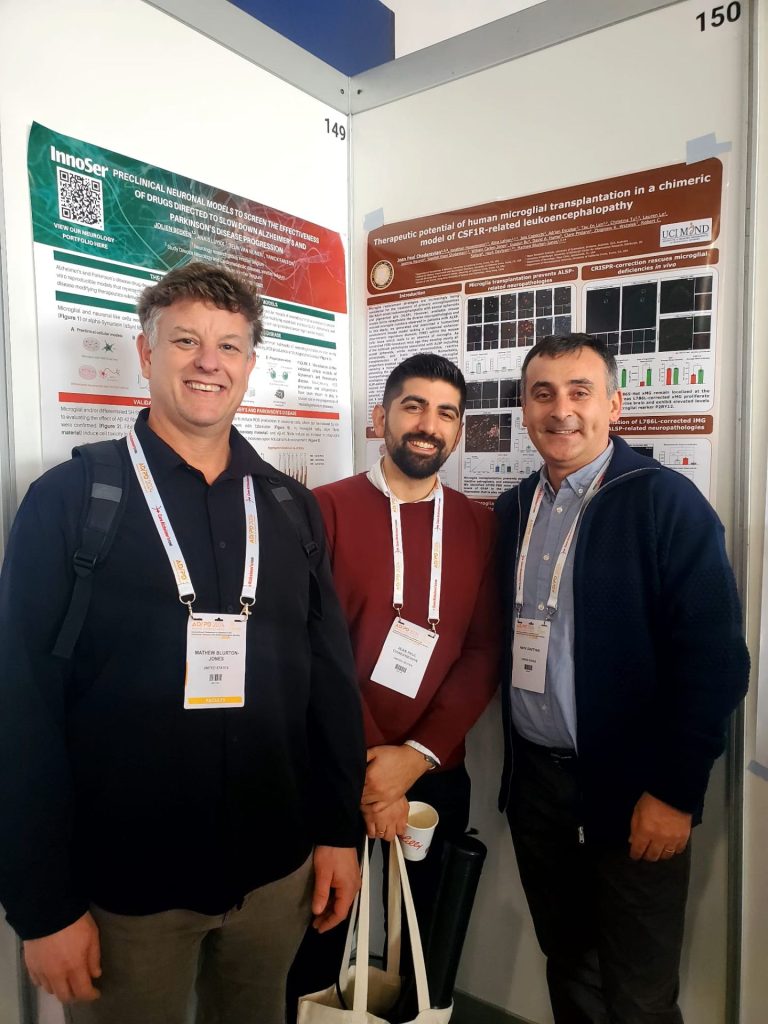
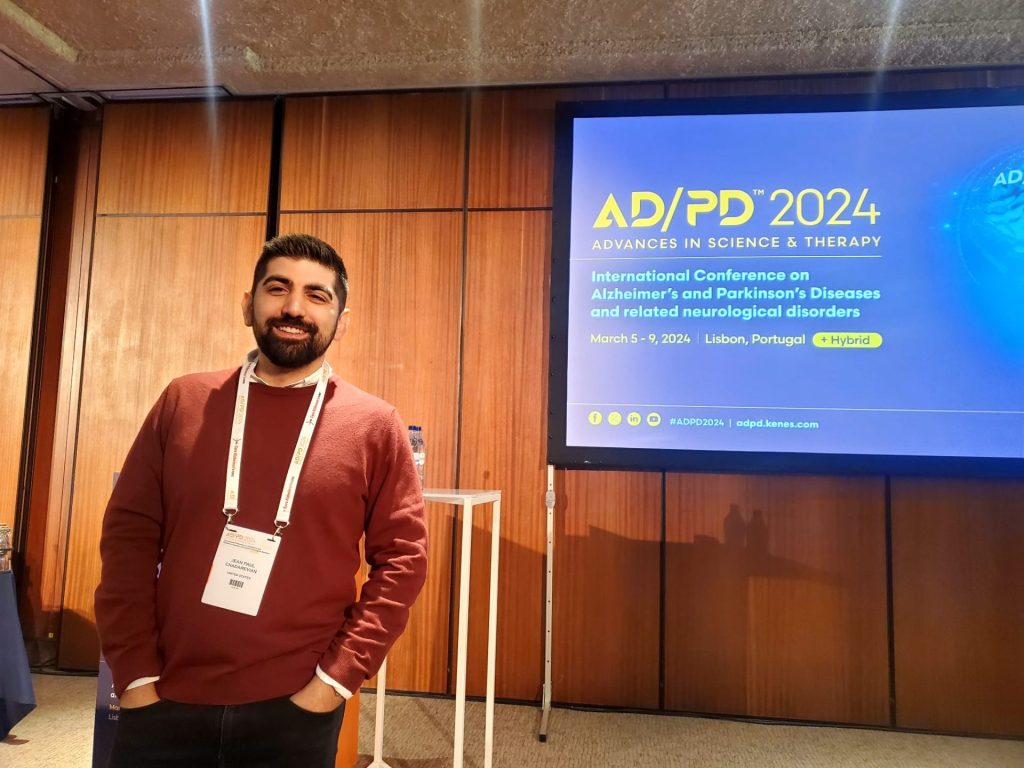


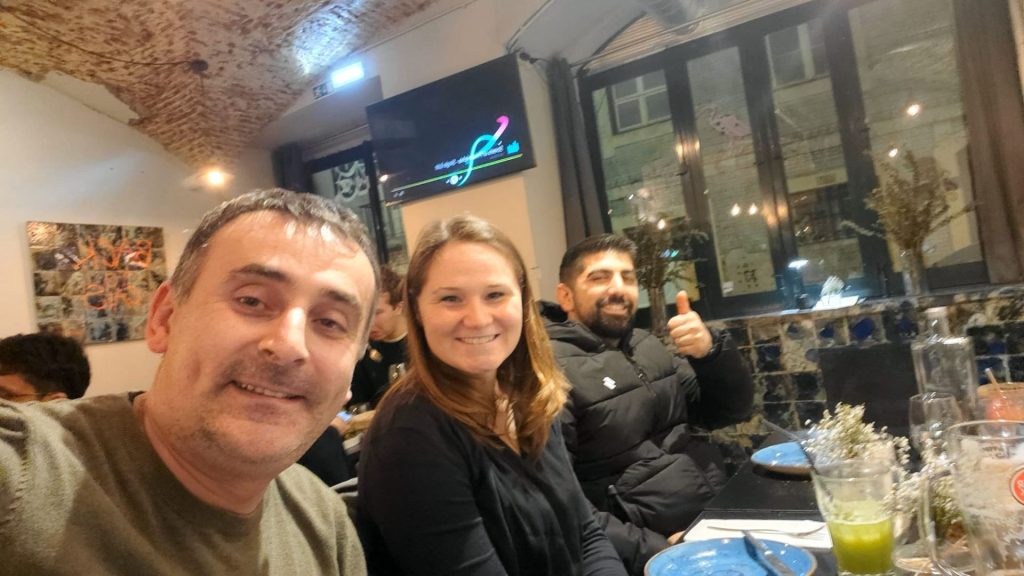
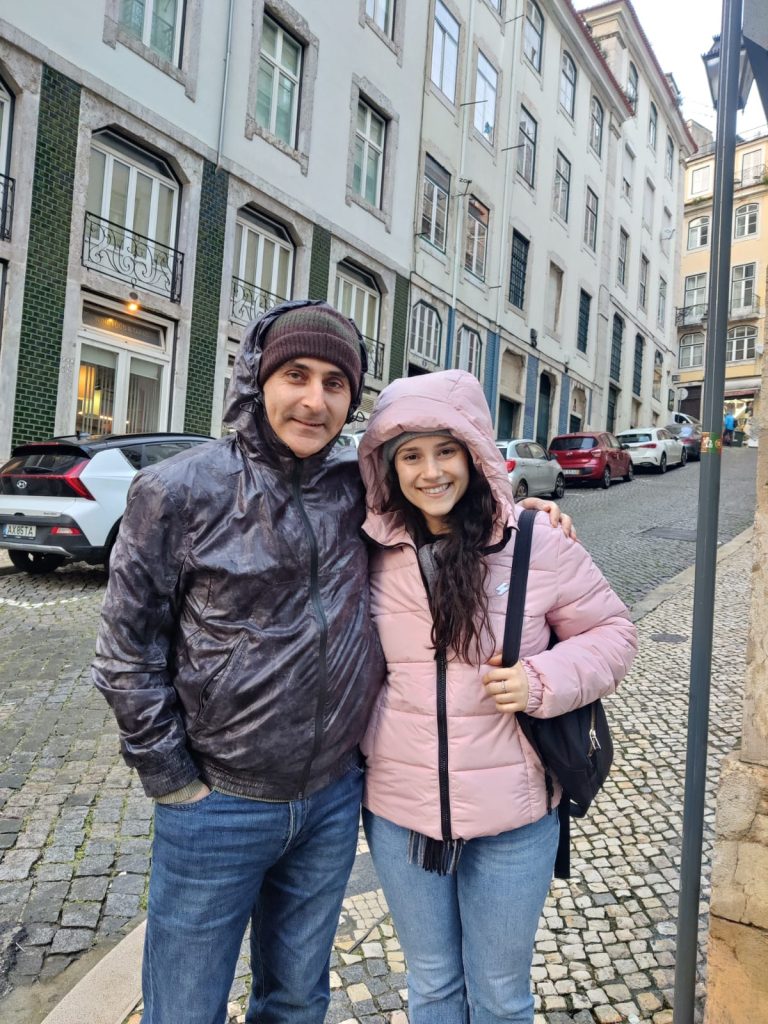
Congratulations Dr. Jean Paul Chadarevian on the successful defense of your thesis
Engineering human induced pluripotent stem cells to enable microglial replacement therapy in the central nervous system
Immune cell therapies (ICT) are becoming more mature options for a variety of diseases. As the resident immune cell of the brain, microglia stand out as the ideal candidate for ICT approaches in the central nervous system. Combining recent advances in gene editing and iPSC-microglia (iMG) differentiation, we sought to investigate whether microglia could be harnessed to provide widespread delivery of therapeutic cells and proteins to the brain. Collectively our studies have revealed three principal findings: 1) iPSC-microglia can be widely engrafted into a recipient adult brain via an inhibitor-resistant protocol; 2) transplantation of CRISPR-corrected iPSC-microglia can prevent and even reverse neuropathologies in a mouse model of ALSP, a rare neurodegenerative disease caused by loss of microglia; and 3) iPSC-microglia can be genetically-engineered ex vivo to effectively deliver therapeutic proteins locally or CNS-wide in response to neuropathologies such as amyloid plaques. Together these findings suggest that patient-derived microglia could offer a promising new platform for the development of future immune cell therapies in the CNS.

Chadarevian et al Publish in STAR Protocols
CRISPR generation of CSF1R-G795A human microglia for robust microglia replacement in a chimeric mouse model

Chimeric mouse models have recently been developed to study human microglia in vivo. However, the widespread engraftment of donor microglia within the adult brain has been challenging. Here, we present a protocol to introduce the G795A point mutation using CRISPR-Cas9 into the CSF1R locus of human pluripotent stem cells. We also describe an optimized microglial differentiation technique for transplantation into newborn or adult recipients. We then detail pharmacological paradigms to achieve widespread and near-complete engraftment of human microglia. For complete details on the use and execution of this protocol, please refer to Chadarevian et al. (2023).
Chadarevian et al. highlighted in ALZFORUM
Healthy, Drug-Resistant Microglia Reinvigorate Mouse Brain
Rather than fixing dysfunctional microglia, why not replace them with shiny new cells? In a collaborative effort to inch microglia transplant closer to reality, researchers led by Chris Bennett, University of Pennsylvania, Philadelphia, and Mathew Blurton-Jones, University of California, Irvine, created mouse macrophages and human microglia, respectively, that resist colony-stimulating factor 1 receptor inhibitors. CSF1R activity is essential for macrophage and microglial viability. In the December 30 Journal of Experimental Medicine, they reported that these mutant cells repopulated 75 to 99 percent of mouse brains cleared of native microglia. The inhibitor-resistant cells retained normal gene expression and function.
- Human microglia and mouse macrophages were engineered to resist CSF1R inhibitors.
- Gene expression and behavior did not change.
- The mutant microglia repopulated the entire adult mouse brain.
- They could be used as “living drugs” to clear toxic proteins.
Researchers applauded the work. “This study sets the new gold standard for studies of microglial replacement, enabling human-relevant studies of microglia biology,” wrote Diego Gomez-Nicola, University of Southampton, U.K. David Gate of Northwestern University in Evanston, Illinois, called this a landmark study. “It has clinical implications for treating neurodegenerative disease, lysosomal storage disorders, and other brain abnormalities,” he wrote.
For the full article, click here.
Chadarevian et al. publish in Journal of Experimental Medicine
Engineering an inhibitor-resistant human CSF1R variant for microglia replacement
Hematopoietic stem cell transplantation (HSCT) can replace endogenous microglia with circulation-derived macrophages but has high mortality. To mitigate the risks of HSCT and expand the potential for microglia replacement, we engineered an inhibitor-resistant CSF1R that enables robust microglia replacement. A glycine to alanine substitution at position 795 of human CSF1R (G795A) confers resistance to multiple CSF1R inhibitors, including PLX3397 and PLX5622. Biochemical and cell-based assays show no discernable gain or loss of function. G795A- but not wildtype-CSF1R expressing macrophages efficiently engraft the brain of PLX3397-treated mice and persist after cessation of inhibitor treatment. To gauge translational potential, we CRISPR engineered human-induced pluripotent stem cell–derived microglia (iMG) to express G795A. Xenotransplantation studies demonstrate that G795A-iMG exhibit nearly identical gene expression to wildtype iMG, respond to inflammatory stimuli, and progressively expand in the presence of PLX3397, replacing endogenous microglia to fully occupy the brain. In sum, we engineered a human CSF1R variant that enables nontoxic, cell type, and tissue-specific replacement of microglia.

JACLYN BECK, PHD DISSERTATION DEFENSE
Congratulations to Dr. Jaclyn Beck on her successful PhD dissertation defense “Innate and Adaptive Immunity in Aging and Alzheimer’s Disease.”
Shabestari et al publish in Cell Reports
Absence of microglia promotes diverse pathologies and early lethality in Alzheimer’s disease mice
Microglia are strongly implicated in the development and progression of Alzheimer’s disease (AD), yet their impact on pathology and lifespan remains unclear. Here we utilize a CSF1R hypomorphic mouse to generate a model of AD that genetically lacks microglia. The resulting microglial-deficient mice exhibit a profound shift from parenchymal amyloid plaques to cerebral amyloid angiopathy (CAA), which is accompanied by numerous transcriptional changes, greatly increased brain calcification and hemorrhages, and premature lethality. Remarkably, a single injection of wild-type microglia into adult mice repopulates the microglial niche and prevents each of these pathological changes. Taken together, these results indicate the protective functions of microglia in reducing CAA, blood-brain barrier dysfunction, and brain calcification. To further understand the clinical implications of these findings, human AD tissue and iPSC-microglia were examined, providing evidence that microglia phagocytose calcium crystals, and this process is impaired by loss of the AD risk gene, TREM2.


